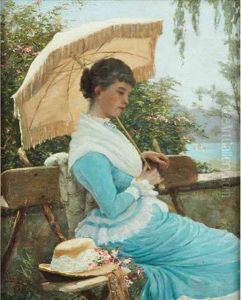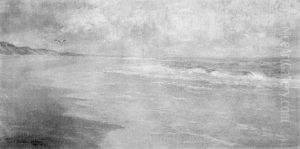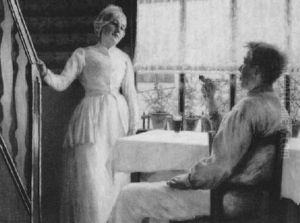Francis William Loring Paintings
Francis William Loring, born in 1885 and died in 1968, was a notable figure in the Canadian art scene. Though perhaps not as widely recognized internationally as some of his contemporaries, Loring's contributions to the development of sculpture in Canada are significant. His work and influence spanned several decades, during which he played a crucial role in shaping the aesthetic and institutional landscape of Canadian art.
Loring's early life and training set the stage for his later accomplishments. He was born in Wardner, Idaho, USA, but his most impactful artistic contributions would be made north of the border, in Canada. Loring studied in Europe, a common practice for aspiring artists of his time, which exposed him to a variety of artistic movements and techniques. This exposure would later influence his work, which often blended traditional and modernist elements.
Upon settling in Canada, Loring quickly became a central figure in the artistic community. Along with his lifelong partner and fellow artist, Florence Wyle, he helped to establish the Sculptors' Society of Canada. This organization played a pivotal role in promoting sculpture as a significant art form in the country and provided a platform for Canadian sculptors to exhibit their work and exchange ideas.
Throughout his career, Loring's work was characterized by a commitment to realism and an ability to capture the human form with sensitivity and depth. His sculptures, which include public monuments and portrait busts, are found in collections and public spaces across Canada. They reflect not only his technical skill but also his dedication to portraying subjects with dignity and humanity.
Loring's legacy is not limited to his own creations. Through his teaching and mentorship, he influenced a generation of Canadian artists. His partnership with Florence Wyle, both personally and professionally, was also a model of collaborative artistic creation. Together, they contributed to the establishment of a vibrant artistic community in Toronto, particularly in the area known as the Studio Building, which became a hub for artists in the early 20th century.
Francis William Loring's death in 1968 marked the end of a significant chapter in Canadian art history. However, his contributions continue to be recognized and celebrated. His work remains an integral part of Canada's artistic heritage, embodying a period of growth and transformation in Canadian sculpture.


